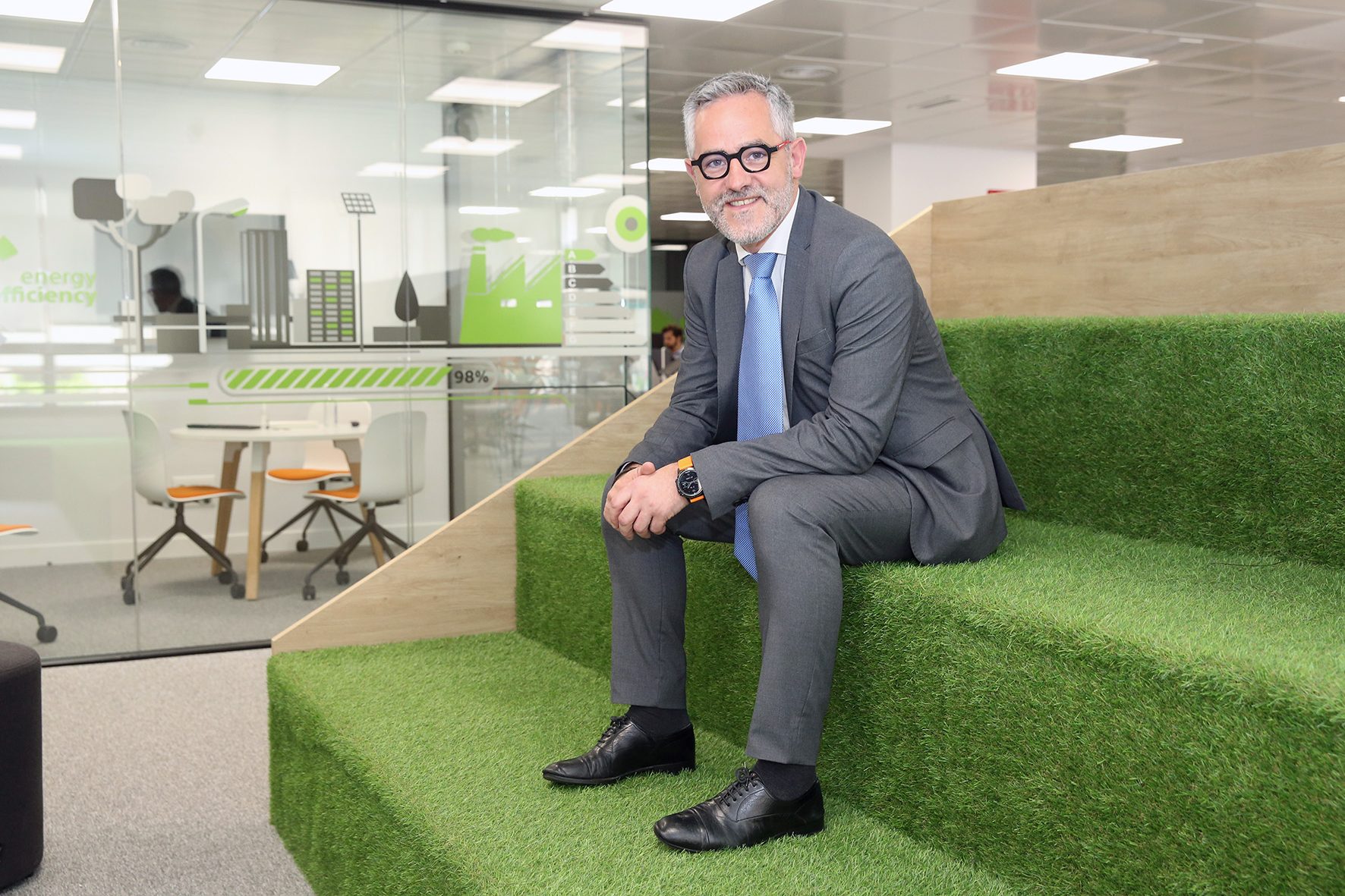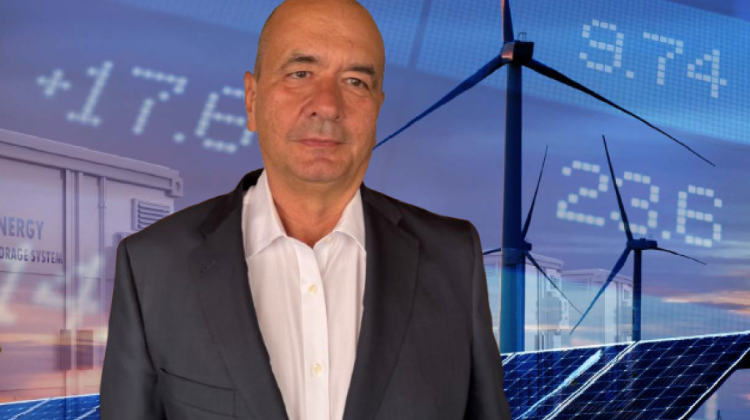The Self-Consumption Section of APPA Renovables has re-elected Jon Macías, Sales and Marketing Director of Edison Next Spain, for a second four-year term at the helm of APPA Autoconsumo.
During his first term, the sector has witnessed the maximum stage of development of this technology, with more than 6 GW of Self-Consumption installed in the last four years. The future challenge will be to promote collective self-consumption, integrate storage, and respond to the need for industries to achieve greater resilience thanks to these installations.
A sector that must be reactivated to achieve the goals
In 2024, for the first time, annual capacity installation fell below the pace required to achieve the 2030 target of 19 GW. According to the latest edition of the Annual Photovoltaic Self-Consumption Report ( link ), the 1,431 MW installed in 2024 would not be enough to meet the targets.
“We have a committed and expert sector that has demonstrated that we can maintain an installation rate of over 2 GW per year. However, we must make an effort to pass on to society the savings that the combination of self-consumption and electrification represents,” explained Jon Macías.
Macías, who has been elected President for a second and final term until 2029, will lead the Self-Consumption Section until almost the end of the PNIEC: “It’s not a question of whether we reach those 19 GW in 2030 or 2032, but rather of the sector consolidating in our country as a way for households to benefit from savings and for industries to become more competitive. Self-consumption in Spain, with the hours of sunshine we have, is a highway to business competitiveness ,” clarified the President of APPA Autoconsumo.
Storage, a new boost for self-consumption
“What we’re seeing in the sector, and what we’re hearing from the more than 100 companies associated with APPA Autoconsumo, is that interest in self-consumption with storage has revived. Companies want to build greater resilience to potential grid failures,” Macías shared.
Following the energy zero on April 28, many industries have decided to strengthen their energy independence. “When an industry installs self-consumption and storage, within a year they are asking to increase their investment because they see a return on investment.
According to last year’s calculations, when the market was cheaper, residential self-consumption would have paid for itself with savings in eight years, and industrial self-consumption in less than seven. With this year’s prices, the return on investment is achieved in even less time. We need to explain this to society and make financing and access to these solutions possible ,” concluded Jon Macías.





























